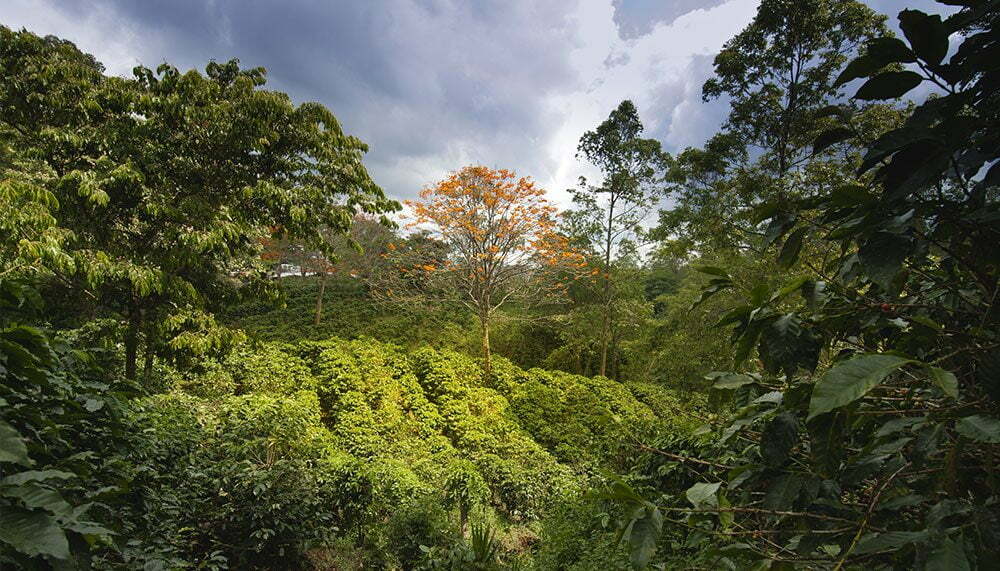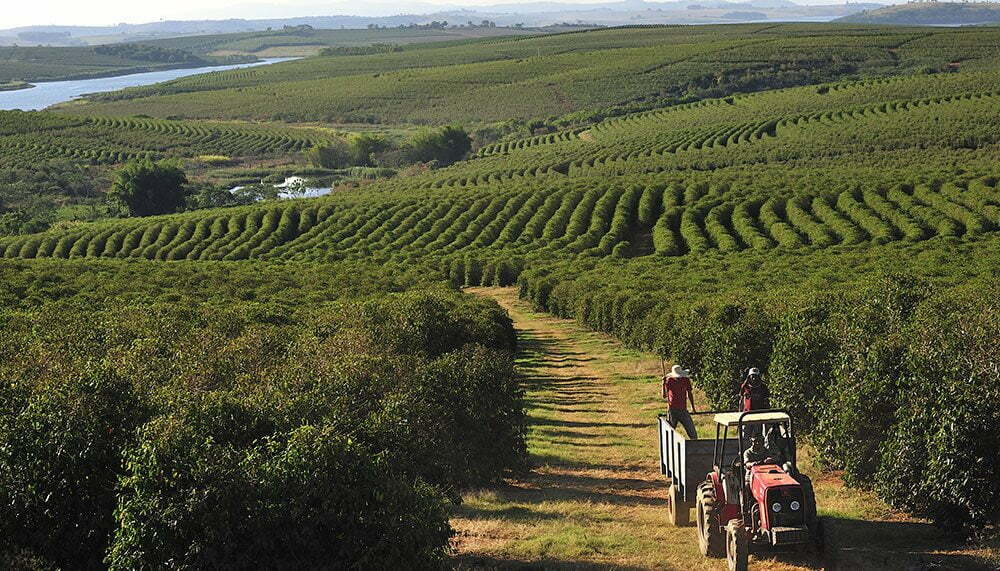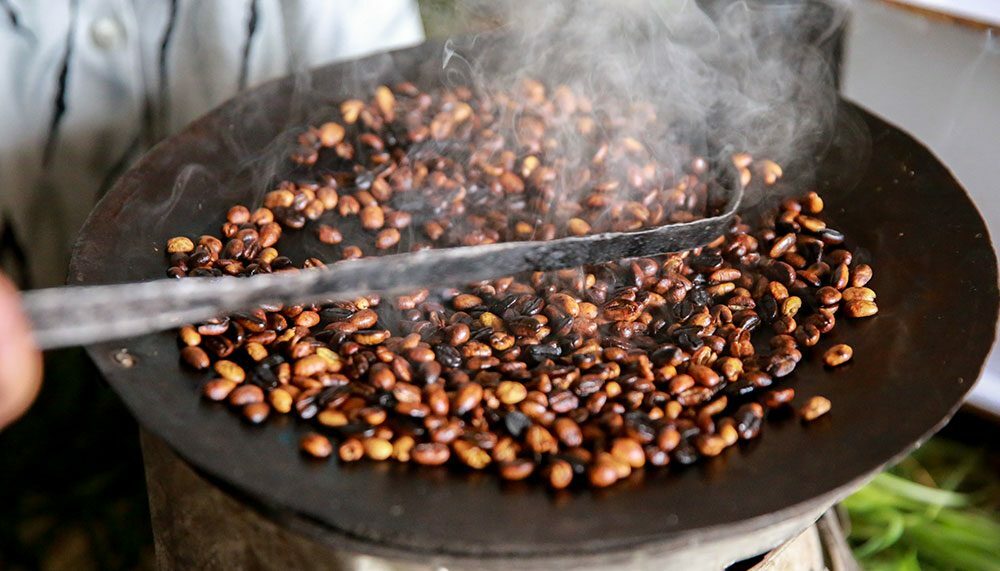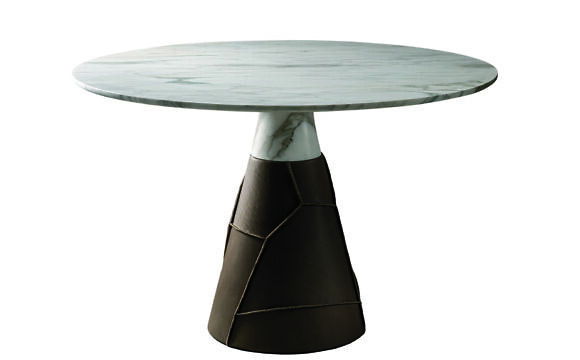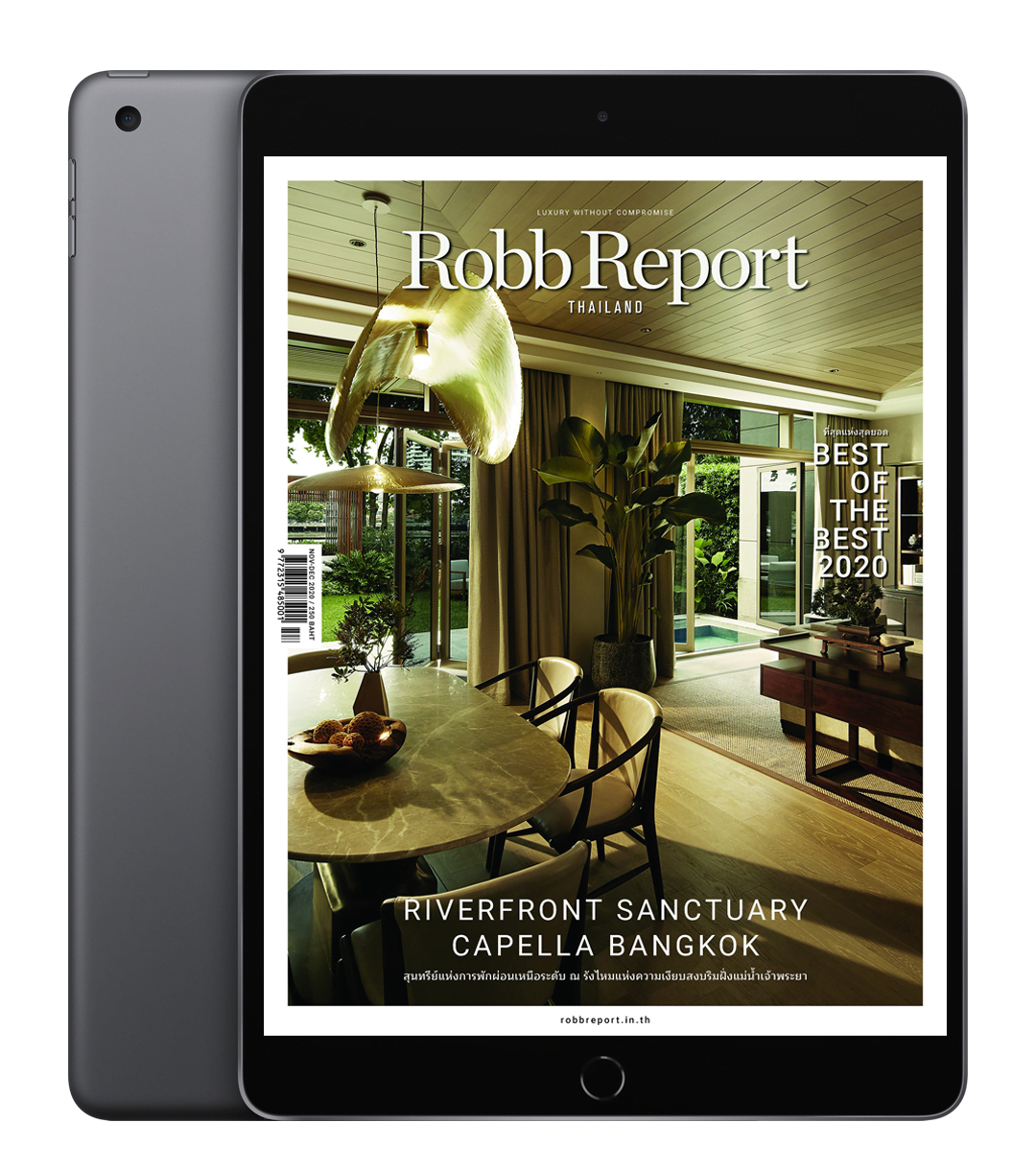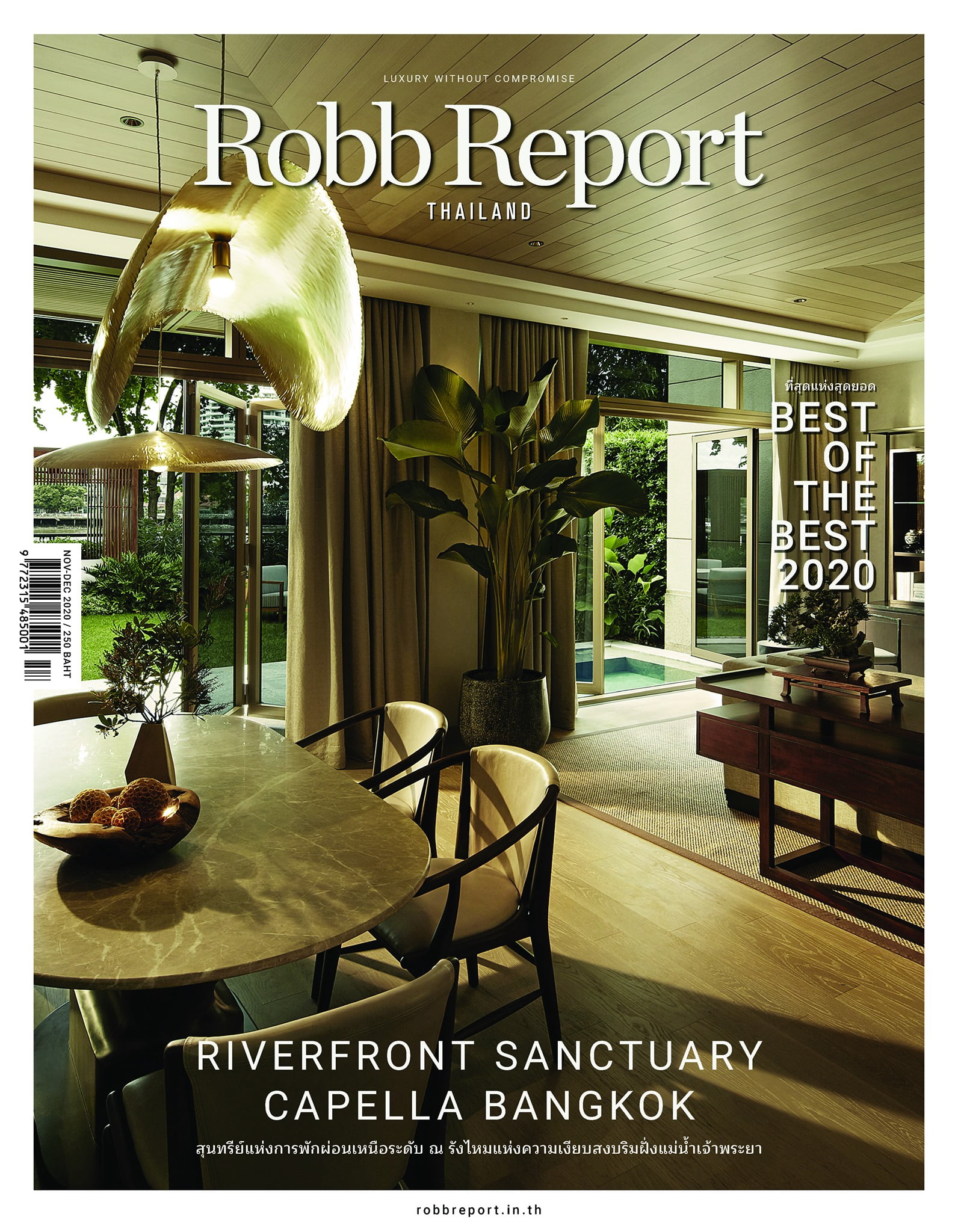HOW COFFEE WENT FROM A HUMBLE BEAN TO THE WORLD’S FAVOURITE DRINK
The word coffee has an intriguing etymology. The first usage in English was documented in 1598, by way of the Dutch koffie, itself derived from the Italian caffè. It doesn’t end there. The Italians (or more accurately, the Venetians) borrowed it from the Turkish Ottoman word kahve, inherited from the Arabic word qahwah, a truncation of qahhwat-al-bun, meaning ‘wine of the bean’. Coffee scholars identify this as the word’s origin, but others believe that the true genesis comes from across the Bab-el-Mandeb strait that separates the Arabian Peninsula from the Horn of Africa, from the lofty peaks of the former Kingdom of Kaffa in southwest modern Ethiopia.
Ethiopia’s highlands stretch across an immense area, earning its nickname ‘the Roof of Africa’. The terrain is a mix of scrub and woodland and among the plants native to the region is a small evergreen shrub that produces small red berries, each containing two seeds. Legend has it that circa 900AD, a goatherd named Kaldi observed with perplexity his flock of goats prancing about after nibbling on the red fruit. He tried the fruit himself and apparently ran a five-minute mile. Elated with his discovery, he brought it to the local holy man, who threw the beans in a fire, yielding a tantalizing aroma. Curious, the smouldering beans were dug up from the embers and dissolved in hot water. The name of that berry? Coffea arabica.
Trends migrate. The dominant powers of the time were the Islamic civilizations on the Arabian Peninsula and so African traders and slaves carried the fashionable new drink with them across the Red Sea. There, it took root in Yemen; or more specifically, the Sufi monasteries of Yemen. There, coffee took on a religious significance. Caffeine being a stimulant, the elixir of hot water and coffee fruit was used by Muslim imams to keep worshippers alert during prayers.
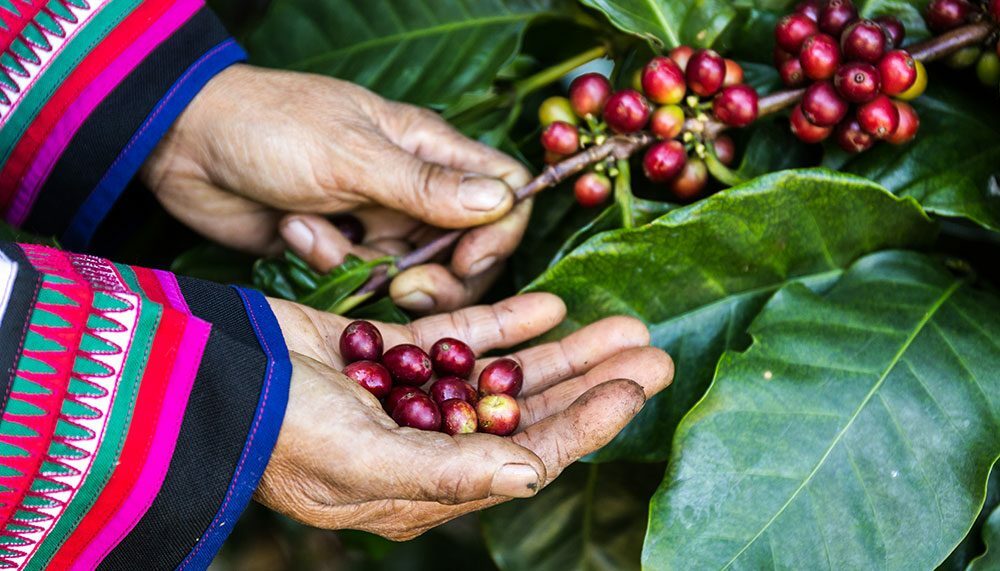 By the 12th century, coffee trees began to be mass cultivated in the Arabian Peninsula to sate the exploding demand from both the religious and the secular. The Arabians pioneered the technique of roasting and grinding the beans, a practice that has remained almost unchanged since. Popularity begets popularity, and coffee soon spread across the Muslim world, spreading to Cairo, to Persia and to Constantinople, where the first dedicated coffee shop, Kiva Han, opened its doors in 1475.
By the 12th century, coffee trees began to be mass cultivated in the Arabian Peninsula to sate the exploding demand from both the religious and the secular. The Arabians pioneered the technique of roasting and grinding the beans, a practice that has remained almost unchanged since. Popularity begets popularity, and coffee soon spread across the Muslim world, spreading to Cairo, to Persia and to Constantinople, where the first dedicated coffee shop, Kiva Han, opened its doors in 1475.
With coffee gaining in popularity, Muslim clerics in Mecca became alarmed that devotees were spending more time in kaveh kane (coffee houses) than in the mosque. They, predictably, issued a ban on coffee, a ban that was promptly ignored by, among others, the Caliph of Cairo and Selim I of the Ottoman Empire.
But by then, coffee had gone international, spreading from the happenstancely-named port of Mocha in Yemen to Europe via Venice, where the first Italian caffè opened in 1645. The invasion of Europe continued, annexing England (1654), France (1672), Austria (1683) and Germany (1721) along the way. This paved the way for modern-day European coffee culture, a full sweep but for disruption by the British East India Company, turning Britain into a nation of tea drinkers following the conquest of India.
Supply, however, was monopolised by the Arabic world. Loathed to be held at ransom for an increasingly integral beverage, the European powers attempted to cultivate their own supply. It was the Dutch who succeeded, with Pieter van den Broecke smuggling seedlings from Mocha to Europe. The Dutch began commercial cultivation of coffee in their colonies in Asia – Ceylon and Java in Indonesia. Others followed. The English planted it in India, the French took it to Indochina and crops from Paris found their way to the Caribbean island of Martinique, Haiti and eventually Brazil, where it thrived bountifully.
The intervention of Europe in coffee trade set the stage for the today’s international coffee industry. Today’s largest coffee producers all owe their success to the colonial powers. Brazil is by far the largest producer, followed by Vietnam, Colombia, Indonesia, Ethiopia and other Central American/tropical Asian countries. Coffee produced is primarily coffea arabica, the most highly regarded and flavourful of the beans. Coffea canephora (robusta) is the other main species; what it lacks in flavour, it makes up in caffeine content and body, making it a useful ingredient in blended coffee powder.
Other species are also farmed – coffea libereca (Liberian coffee), coffea charrieriana (Cameroonian coffee), coffea stenophylla (Sierra Leone coffee) – but they form only a small percentage of consumption. All the premium varieties – Jamaica Blue Mountain, Colombian, Hawaiian Kona, Indonesian Java – are variants of either arabica or robusta, with the differences in taste attributed to plant mutation, climate or soil; the terroir, so to speak. The sheer variety of coffee types can be confusing, but there’s a market for all of them. Coffee is purported to the most popular drink in the world: estimates suggest that world consumption of coffee in 1970 amounted to 200 billion cups per year. By 1995, that figure rose to 400 billion, reaching the half trillion mark by 2008. The reason for the stunning jump? A small Seattle company called Starbucks, founded in 1971, which went on to make latte a household word and install an outlet in the Forbidden City of tea-loving China.
Today, coffee can be found everywhere, from the relaxed atmosphere of Australia to the hectic streets of New York. Per person, the Scandinavians consume the most coffee in the world. Americans trace their java habit back to the Boston Tea Party, when tea prices skyrocketed triggering the switch. J.S Bach even composed a piece of music, the Coffee Cantata, in 1734 to describe coffee addiction. From goat food to world-conquering brew, not bad for a humble shrub from Ethiopia.
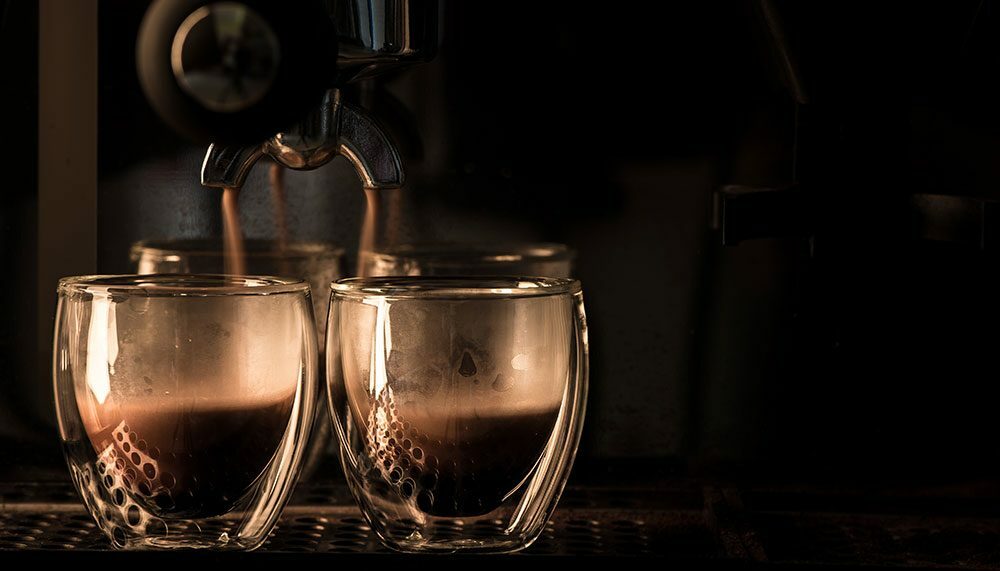 A journey across the globe of coffee
A journey across the globe of coffee
Ethiopia – in its birthplace, coffee is treated with utmost reverence. An honoured guest is greeted with a coffee ceremony, the East African equivalent of the elaborate Japanese tea ceremony. The green coffee beans are first roasted over hot coals, the aromatic wafting smoke savoured. The beans are then ground in a wooden mortar-and-pestle and boiled in a traditional jebena pot. Once boiled, strained and flavoured (with sugar or salt, no milk), the hostess pours the coffee from a height of one foot into small cups without pause. Then everyone drinks. Three rounds are served; the first is called the awel, the second is the kale’i and the third and final is the bereka, which is to bestow blessings on all present. This is a staple in any Ethiopian household, but for one in the most palatial surroundings, stay at the Sheraton Addis, a Luxury Collection hotel.
Yemen – ironically, the land that commercialised coffee doesn’t have much in the way of coffee culture. But there is very good coffee here. Beans grown on the steep terraces surrounding Sana’a and the coffee region of Haima are considered to be the most pure and traditional of all beans. Quality control is lax, however, so each batch of Yemeni beans never tastes the same. One taste element does characterise all coffee served here: because the beans are harvested and stored in stone huts for prolonged periods of time, coffee here takes on a tarty, fermented quality. Almost like wine. Also try qishr, a beverage made of spiced coffee husks, ginger and cinnamon that is the Yemeni national drink. Sample that, along with the best Yemeni food at the plush Al Fakher.
Turkey – the Turkish take their coffee seriously. Really, really seriously. When two doctors claimed that coffee should not be drank on reasons of health, Ottoman Sultan Selim I ordered them both to be bisected at the waist. Failure to provide coffee to one’s wife was also legal ground for divorce in the Turkish Empire. The thick, black, invigorating fluid of Turkish coffee, served via ornate cezve handled-pots, is unique and potent, a brew best enjoyed at the glorious Amanruya on the Bodrum Peninsula.
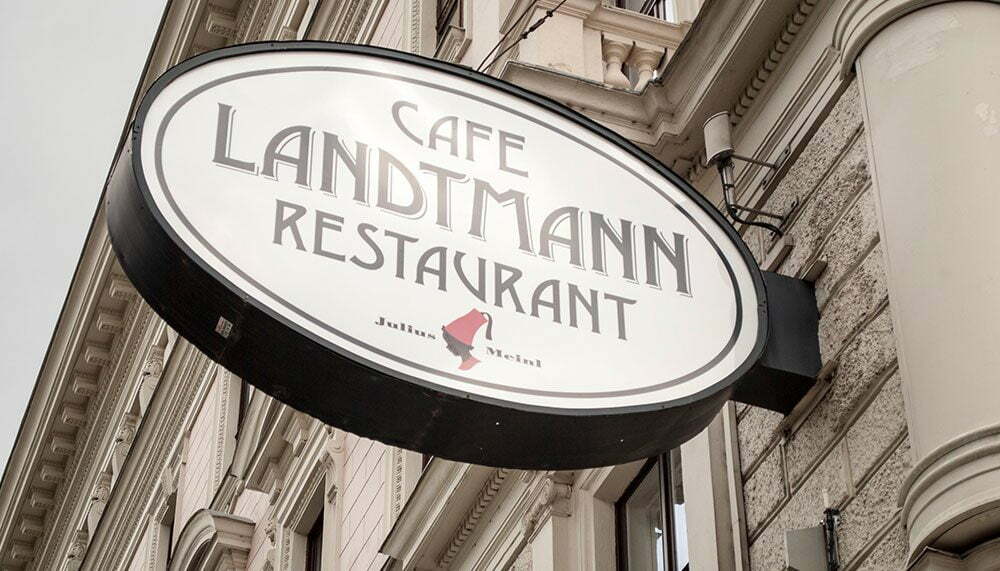 Italy – the European motherland of coffee, a result of the vibrant trade between the Venetians and the Ottomans. There’s a reason why almost every word on a Starbucks menu is Italian-derived (grande, venti, frapuccino). This is the country that gave the world espresso, cappuccino and macchiato. Drinking coffee in Italy, though, requires a different mindset – the Italians consider espresso the greatest of all coffee, so order un caffé for one, adding lungo for an americano. Do not order a caffé at a table; coffee in Italy is a drink-and-dash beverage; the privilege of sitting down hikes the price up by at least a factor of three. Coffee after breakfast should never have milk in it, so a cappuccino ordered after 11am will elicit raucous jeers. And never, never order a latte, unless you love drinking plain hot milk. Head to the wrought iron tables and sophisticated décor of Rosati in Rome for your caffé experience.
Italy – the European motherland of coffee, a result of the vibrant trade between the Venetians and the Ottomans. There’s a reason why almost every word on a Starbucks menu is Italian-derived (grande, venti, frapuccino). This is the country that gave the world espresso, cappuccino and macchiato. Drinking coffee in Italy, though, requires a different mindset – the Italians consider espresso the greatest of all coffee, so order un caffé for one, adding lungo for an americano. Do not order a caffé at a table; coffee in Italy is a drink-and-dash beverage; the privilege of sitting down hikes the price up by at least a factor of three. Coffee after breakfast should never have milk in it, so a cappuccino ordered after 11am will elicit raucous jeers. And never, never order a latte, unless you love drinking plain hot milk. Head to the wrought iron tables and sophisticated décor of Rosati in Rome for your caffé experience.
England – in 16th century Britain, beer was the national drink. Then coffee came along. The former caused drowsiness, the latter alertness, which powered productivity and eventually spearheaded the Industrial Revolution. The first ever coffeehouse in Britain, the Queen’s Lane Coffee House, was built in Oxford where it still operates, rebranding itself as QL in 2009. If Oxford was where coffee started, London was where it boomed. So popular were coffeehouses that some patrons actually used them as mailing addresses. Known as ‘penny universities’, clients paid a penny for admission and a cup of coffee, then proceeded to debate news and discuss philosophy, a practice that lead to the creation of the Tatler and the Spectator, the first modern newspapers. Despite being a nation of tea, premium coffee is everywhere now, with the highest density in London, home to Monmouth, Workshop Coffee and Kaffeine.
France – there is an amusing tale that explains the French love for café au lait and café noisette. In 1669, Suleiman Aga, ambassador of the Ottoman Empire appeared before the self-absorbed Louis XIV to deliver a message. While waiting for the Sun King to reply at his leisure, Suleiman passed time by camping out in Paris, throwing lavish parties with exotic dances, lush carpets and….. coffee. Pretty soon, all of Paris was taking café a la Turque at breakfast. This lead to the founding of Café Procope, the oldest operating cafe in France where waiters originally served coffee in colourful Turkish garb, which survived the Revolution, the Restoration and World War II to serve café noir to this very day.
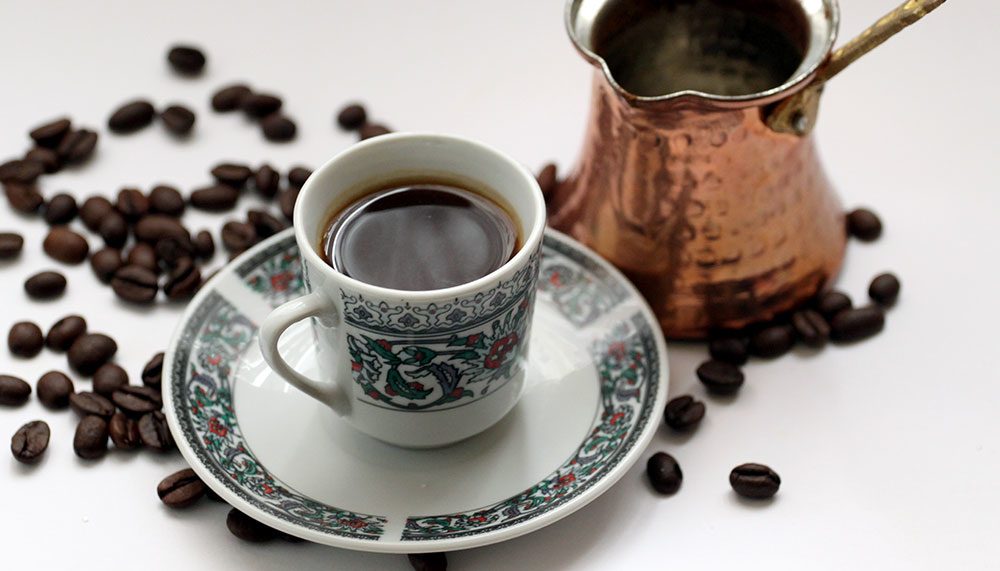 Austria – the classic Viennese coffee drink is the melange/brauner, the Austria capital’s version of a cappuccino made with mild, caramelised coffee beans. A staple for over 300 years at Wiener kaffeehaus (Viennese cafés), the beverage traces its origins to the 1683 Battle of Vienna, where a Polish soldier helped fend off the Turkish army. In return the soldier, Franz Kolschitzky, received the strange, unripe green berries left behind by the Turks, which he used to open Vienna’s first café, the Blue Bottle, and pioneered the use of milk in coffee. The Blue Bottle is no longer exists, but coffee lovers can visit the historic Café Frauenhuber (a favourite of Beethoven and Mozart, Vienna’s oldest operating café) or Café Landtmann (the choice of Sigmund Freud).
Austria – the classic Viennese coffee drink is the melange/brauner, the Austria capital’s version of a cappuccino made with mild, caramelised coffee beans. A staple for over 300 years at Wiener kaffeehaus (Viennese cafés), the beverage traces its origins to the 1683 Battle of Vienna, where a Polish soldier helped fend off the Turkish army. In return the soldier, Franz Kolschitzky, received the strange, unripe green berries left behind by the Turks, which he used to open Vienna’s first café, the Blue Bottle, and pioneered the use of milk in coffee. The Blue Bottle is no longer exists, but coffee lovers can visit the historic Café Frauenhuber (a favourite of Beethoven and Mozart, Vienna’s oldest operating café) or Café Landtmann (the choice of Sigmund Freud).
Australia – the Australian hotspot for coffee is St. Ali’s in South Melbourne. Named after Ali ibn Umar al-Shadili, the 14th century Yemeni mystic considered to be the patron saint of coffee, St. Ali’s boasts a bewildering range of beans from around the world, from Kenyan Tembo to Tanzanian Kilimanjaro and Cachoeira Estate Yellow Bourbon to Guatemalan Finca el Bosque, preparing in an equally mind-boggling range of ways – drip brew, espresso, affogato, cold drip and siphon.


